Sheet metal processing
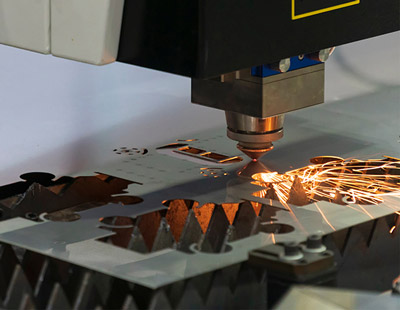 Sheet Metal Fabrication Services
Sheet Metal Fabrication Services
Custom sheet metal parts engineering and manufacturing services. From prototypes to high volume production and assembly.
- Get a quotation within 4 hours
- Lead time as fast as 1-2 days
A Manufacturing Partner You Can Trust
Leverage our Experience
Our factories in China provide a certificated complete sheet metal solutions through flexible material, surface finish options and strong manufacturing capacity for you both small and large quantity projects.
Engineering Support
We provide 24/7 engineering customer support for your custom sheet metal engineering and manufacturing questions.This includes case-by-case suggestions to help you reduce cost early in the design process.
Assured High Quality
As an ISO 9001:2015 company, we provide material and full dimensional inspection reports at your request. You can always rest assured the parts you get fromTop Rapid Prototype will exceed your expectations.
Sheet Metal Fabrication Process
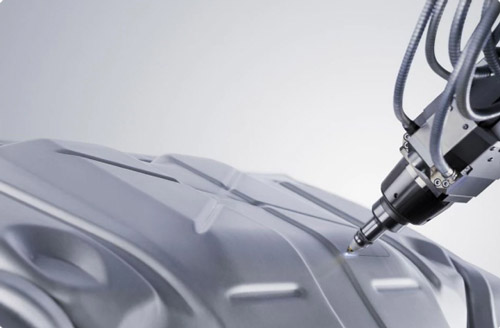
Laser cutting
Laser cutting is a thermal cutting process that uses high-power laser to cut metals and achieve high-quality results. Applicable for all industries.
Cutting area: Up to 4000 x 6000 mm
Material thickness: Up to 50 mm
Laser sources: Up to 6 kW
Repeatability: Ps: +/- 0.05 mm
Position accuracy: Pa: +/- 0.1 mm
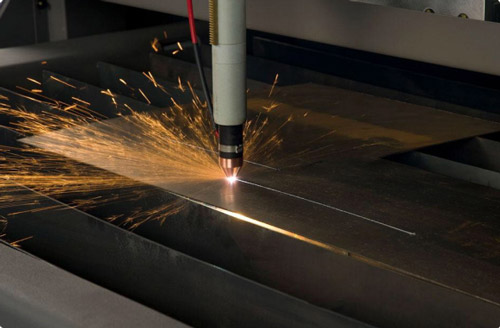
Plasma cutting
CNC plasma cutting is a widely used sheet metal technology, it is especially suitable for cutting thicker sheet metals.
Cutting area: Up to 4000 x 6000 mm
Material thickness: Up to 50 mm
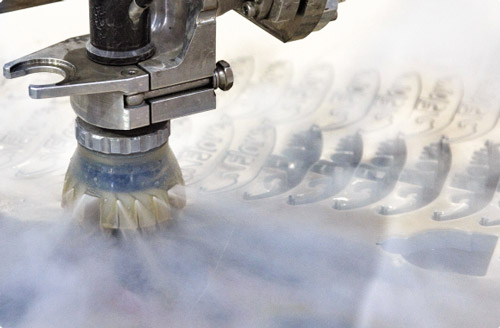
Waterjet cutting
Waterjet cutting is quite different with other cutting methods for its non-thermal feature. It is especially useful for cutting very thick metals, including steel.
Maximum cutting area: Up to 3000 x 6000 mm
material thickness: Up to 300 mm
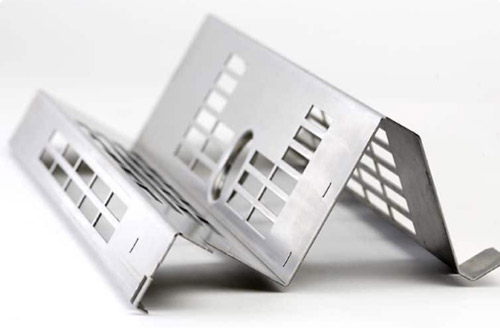
Bending
Bending is a common sheet metal forming method used to shape steel, stainless steel, aluminium parts after cutting process.
Metal folding capacity: Up to 200 tons
Maximum bending length: Up to 4000 mm
Maximum thickness: Up to 20 mm
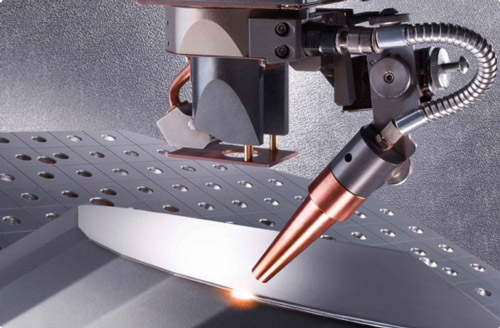
Welding
Sheet metal welding process fuses two or more metal parts together with high heat to realize complex structure or requirements.
Our experience in numbers 20+ 300+ 100,000 10+
Countries shipped Companies served Parts produced Years in business
Sheet Metal Materials
| Subtypes: | ||
| Aluminum | Commercially, aluminum is the most sought after material for sheet metal fabrication. Its popularity is due to its adaptive qualities and its high thermal conductivity and low resistance rates. Compared to steel—another common sheet metal material—aluminum is more cost-effective and has a higher rate of production. The material also generates the least amount of waste and can easily be reused. | 6061, 5052 |
|
Copper |
Copper is a broadly used sheet metal fabrication material in many industries as it offers good malleability and ductility. Copper is also well suited for sheet metal fabrication because of its excellent heat conduction properties and electrical conductivity. | 101, C110 |
|
Steel |
Steel offers a number of beneficial properties for industrial applications, including rigidity, longevity, heat resistance and corrosion resistance. Steel sheet metal is ideal for producing complex designs and parts that require extreme precision. Steel is also cost-efficient to work with and has excellent polishing properties. | SPCC, 1018 |
|
Stainless Steel |
Stainless steel is the low carbon steel that contains a minimum of 10% chromium by weight. The material properties associated with stainless steel have made it a popular metal within a broad range of industries, including construction, automotive, aerospace and more. Within these industries, Stainless steel is versatile and is an effective choice for many applications. | 301, 304, 316 |
Sheet metal fabrication standard
We have experience and the right sheet metal fabrication services necessary to bring that YOUR idea to life. This includes services like high tolerance and wide thickness range laser cutting, bending capabilities, and other post-processing options.
| Dimension detail | Tolerance |
| Edge to edge, single surface | +/- 0.005 inch |
| Edge to hole, single surface | +/- 0.005 inch |
| Hole to hole, single surface | +/- 0.005 inch |
| Bend to edge / hole, single surface | +/- 0.010 inch |
| Edge to feature, multiple surface | +/- 0.030 inch |
| Over formed part, multiple surface | +/- 0.030 inch |
| Bend angle | +/- 1° |
| By default, sharp edges will be broken and deburred. For any critical edges that must be left sharp, please note and specify in your drawing. | |
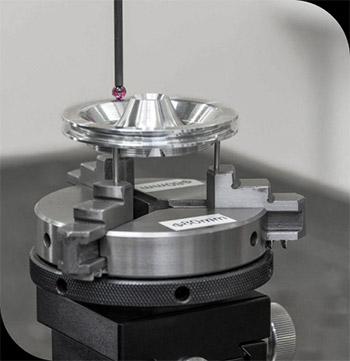
Our Quality Promises
- ISO 9001:2015
- Full dimensional report
- Material certification
- First article inspection
- Rework & refund policy



